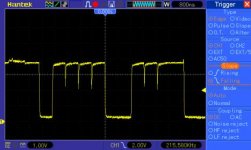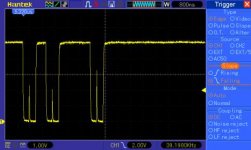nztdm
Experienced Member
Not sure whether this should go here or in marketplace, as it's sort of a show n tell n sell.
Here's the result of a project I've been working on for a few months.
Shout out to Sergey Kiselev for his schematics which I've used in a few functional blocks on this board, such as his Micro 8088 SBC.
80's is coming back with the NuXT!
MicroATX sized Turbo XT motherboard.
Can be used as a full featured XT without any cards.
Could add Sound, Network Card, or more storage/connectivity.
Features:
Now I just need to find a place that cuts out I/O shields in low quantities... I can get blank ones.
I think they provide a professional finishing touch.
Click the images for higher res.



*Ugly rear bodge wire only on my prototype

Here's the result of a project I've been working on for a few months.
Shout out to Sergey Kiselev for his schematics which I've used in a few functional blocks on this board, such as his Micro 8088 SBC.
80's is coming back with the NuXT!
MicroATX sized Turbo XT motherboard.
Can be used as a full featured XT without any cards.
Could add Sound, Network Card, or more storage/connectivity.
Features:
- 8088 and NEC V20 support
- 8087 co-processor support
- 4.77MHz, switchable to 9.55MHz with hotkey
- 2x64K ROM, switchable with DIP switch, writable
- 800K SRAM
- - 640K conventional
- - up to 160K UMBs (128K max when using EGA/VGA)
- - Configured DOS 6.22 uses only 10K conventional!
- Highly-compatible SVGA, up to 512K VRAM
- HD Floppy controller, with FM support
- Bootable CF Card Interface
- Option ROM Socket, supporting 8K and 32K ROMs, writable
- 16C550 Serial Port
- PS/2 Keyboard Port
- ATX Power Input. Generates own -5V
- 4 x 8-bit ISA Slots
- Front-panel connector for modern cases
- Highly configurable with DIP switches. Can disable onboard peripherals.
Now I just need to find a place that cuts out I/O shields in low quantities... I can get blank ones.
I think they provide a professional finishing touch.
Click the images for higher res.



*Ugly rear bodge wire only on my prototype




